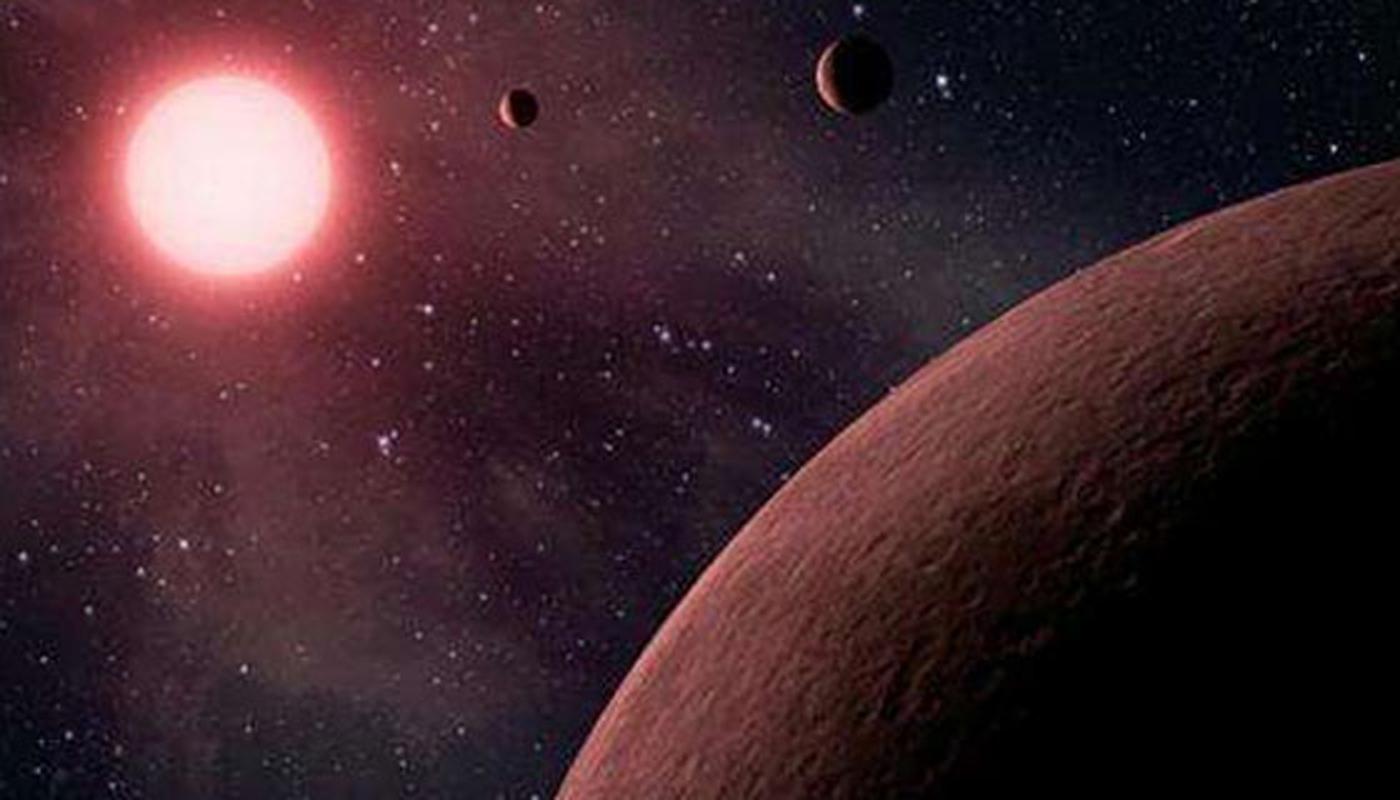"Hot Earths" are discovered by SETI Institute scientist Jeff Coughlin and colleagues.

The first planet found around a normal star other than the Sun was 51 Peg b, which was soon dubbed a “hot Jupiter.” It is a massive world in an unexpectedly tight orbit– a type of torrid planet that we don’t find in our own solar system. Many other toasty giants have been discovered since, but how did they get so close-in to their home stars? One possibility is that they were actually formed in much larger orbits, but slowly spiraled inward.
It now turns out that hot Jupiters are not the only type of star-hugging worlds. SETI Institute scientist Jeff Coughlin, together with colleagues at the University of Nevada, Las Vegas, has found a population of what might be called “hot Earths” – small, presumably rocky planets that are also in tight orbits. These unusual objects could give important clues to how solar systems form – an intriguing astronomy puzzle and one of relevance to the search for life elsewhere.
Read more at http://www.unlv.edu/news/article/new-species-planetary-system
The abstract can be found at http://www.pnas.org/content/early/2016/10/05/1606658113.abstract





